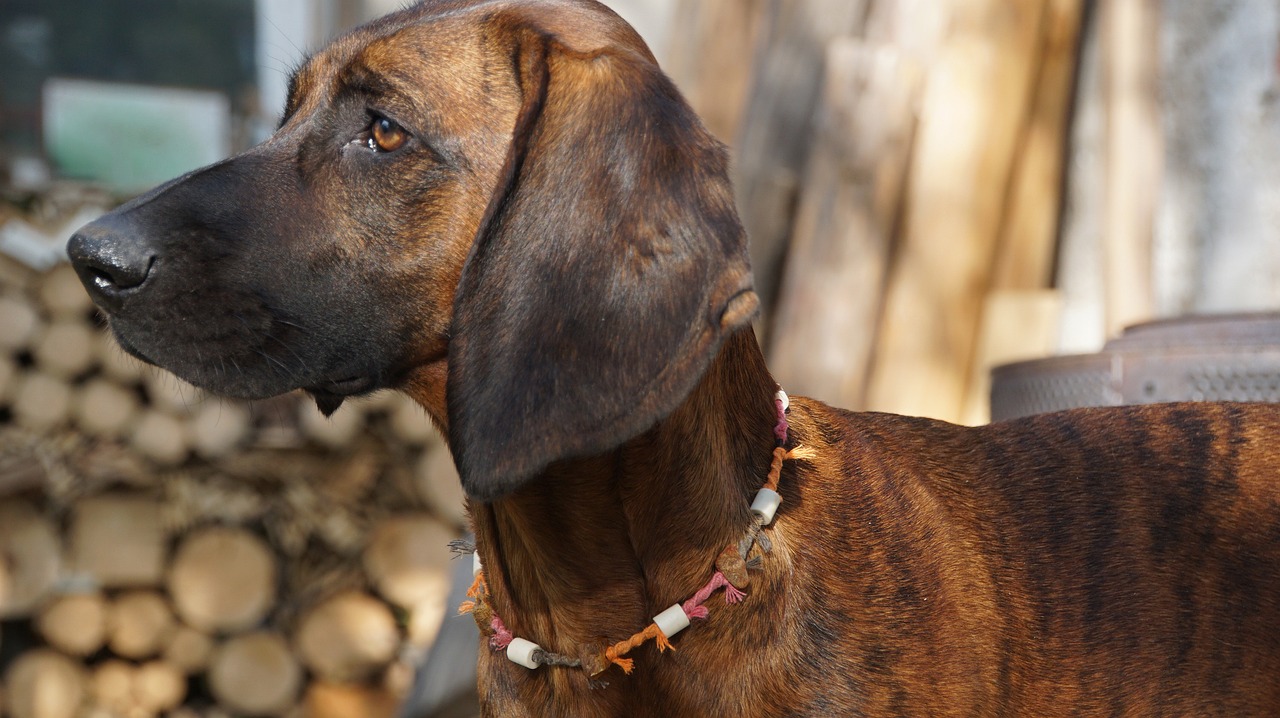Embarking on a journey with a Bloodhound, known for its exceptional tracking abilities and distinctive appearance, can be both challenging and rewarding. This breed, famous for its droopy eyes, long ears, and unparalleled sense of smell, has specific needs that must be considered when traveling. Bloodhounds are large, friendly, and often stubborn, with a high level of energy that needs to be managed. Preparing to travel with your Bloodhound involves understanding and accommodating their physical, mental, and emotional requirements. This comprehensive article provides practical and detailed tips for successful and enjoyable travel with your Bloodhound, ensuring that both you and your canine companion have a comfortable and safe experience.
Understanding Your Bloodhound’s Travel Profile
Bloodhounds are known for their calm and affectionate nature, but they can be strong-willed and easily distracted by scents. They thrive on companionship and can become anxious if left alone for extended periods. Familiarizing yourself with these traits is essential to anticipate their needs and reactions during travel.
Preparing Your Bloodhound for the Journey
Effective preparation is crucial for a successful trip with a Bloodhound. This includes acclimating them to car travel, familiarizing them with a travel crate, and ensuring they are up-to-date on vaccinations and health checks, especially for longer journeys.
Selecting the Right Travel Gear for Bloodhounds
Choosing appropriate travel gear is vital for the comfort and safety of your Bloodhound. A sturdy, comfortable travel crate or harness for car travel is recommended. Also, pack a durable leash, portable water and food bowls, and waste bags.
Managing Your Bloodhound’s Exercise Needs During Travel
Bloodhounds have considerable stamina and require regular exercise to stay content. Plan for frequent stops during long car rides for exercise and bathroom breaks. Allowing them to stretch and release energy will help keep them relaxed during the trip.
Dietary Needs and Feeding Schedule on the Road
Maintaining a consistent feeding schedule is important for Bloodhounds, especially when traveling. Bring enough of their regular food to avoid digestive issues, and avoid feeding them immediately before long car rides to prevent motion sickness.
Ensuring Comfort and Safety During Travel
Bloodhounds, with their large size and keen sense of smell, can be a handful during travel. Ensure they have a comfortable space in the vehicle, and never leave them unattended in a parked car, especially in warm weather.
Stress Reduction and Comfort Strategies
To minimize stress for your Bloodhound, bring familiar items like their bed, toys, or a blanket. This can provide a sense of security in new environments. Staying calm and offering reassurance can also help them feel more secure during the journey.
Health and Safety Considerations for Traveling Bloodhounds
Always travel with a first-aid kit tailored for dogs and be aware of your Bloodhound’s specific health needs. Keep an eye out for signs of stress or discomfort, and have a plan for accessing veterinary care if needed.
Finding Bloodhound-Friendly Accommodations
Look for pet-friendly accommodations that cater to large breeds like the Bloodhound. Confirm the pet policy and any additional fees, and check for nearby areas where your dog can exercise safely.
Importance of Proper Identification and Health Records
Ensure your Bloodhound is properly identified with up-to-date tags and a microchip. Carry their health records, particularly vaccination documents, which are crucial for interstate or international travel.
Post-Travel Care for Your Bloodhound
After your travels, monitor your Bloodhound for any signs of stress or health issues and allow them to gradually readjust to their home environment. A post-travel check-up with your vet can be beneficial, especially after long or international journeys.
Traveling with a Bloodhound can be an enriching experience that strengthens the bond between you and your pet. By following these tips, you ensure a safe, comfortable, and enjoyable journey for both you and your Bloodhound. Tailor your travel plans to suit the unique needs and personality of your Bloodhound, enhancing the overall experience for both of you.

 Toledo, United States.
Toledo, United States.